15 Terrifying Spiders You Never Want To Encounter In Your Home
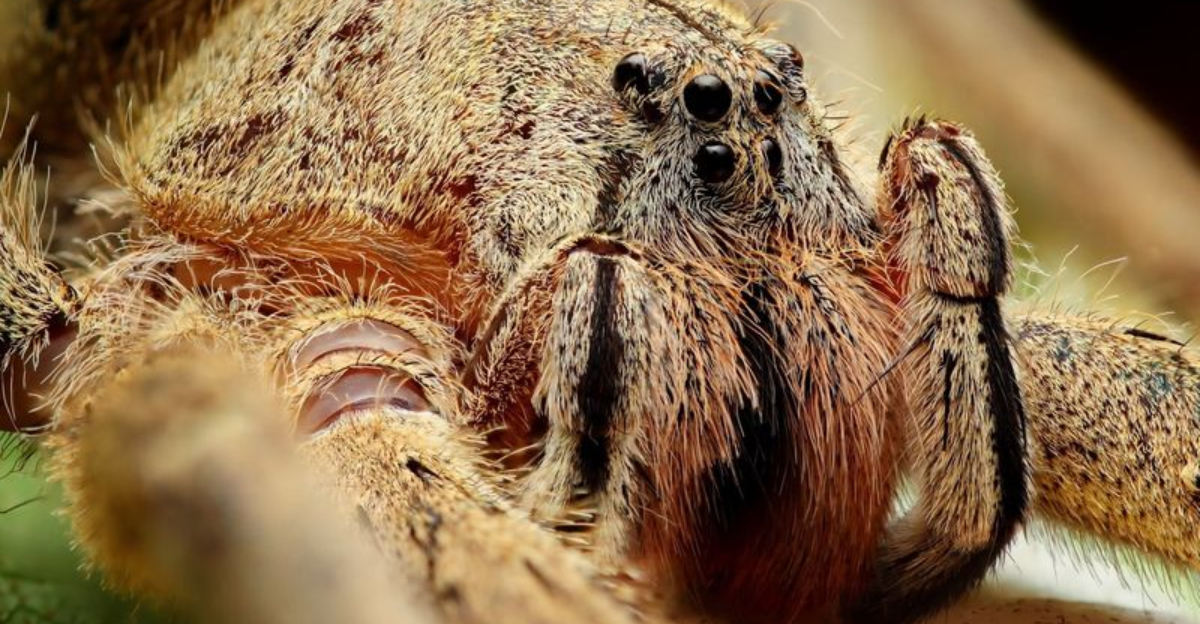
There’s nothing quite like seeing a spider scuttle across your living room floor to make you question your sanctuary’s safety. These creepy crawlers, with their eight legs and often hairy bodies, somehow manage to sneak into our homes.
While most are harmless, some species are downright terrifying, whether due to their size, appearance, or venomous nature. This blog post explores the most frightening spiders you might encounter in your home, and why they might make you want to move out—immediately!
1. Brown Recluse Spider
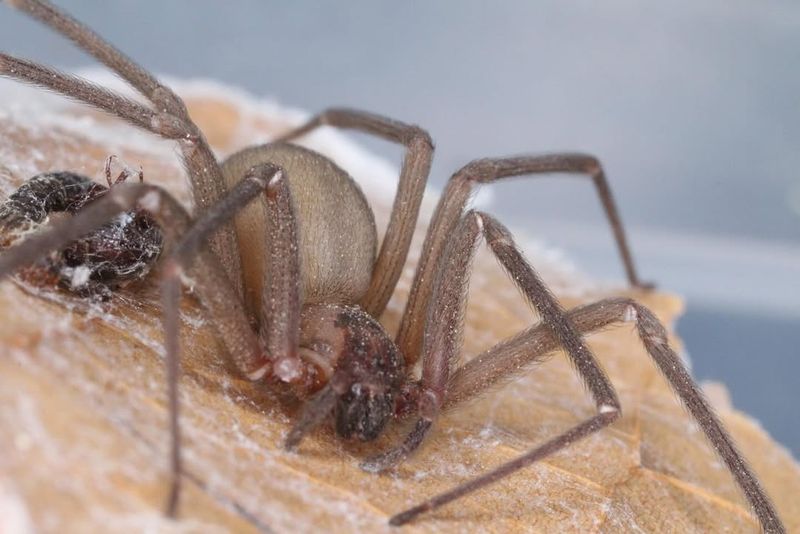
The Brown Recluse Spider, with its infamous violin marking, is a master of hiding in dark corners. Found mostly in the United States, this spider prefers to stay hidden, avoiding human contact. Yet, when it does make an appearance, beware! Its bite, though often painless at first, can lead to severe skin necrosis.
Imagine reaching into an old, forgotten box in the attic, only to come face to face with this reclusive creature. Known for its nocturnal habits, it lurks beneath furniture or in secluded basement corners. The Brown Recluse’s venom contains a cocktail of enzymes that breaks down protein and tissue.
If you suspect you’ve been bitten, seeking medical attention is crucial. Keeping clutter to a minimum and sealing gaps in your home can help deter these unwanted guests. While they are not aggressive, they will bite if threatened. So, tread carefully!
2. Black Widow Spider
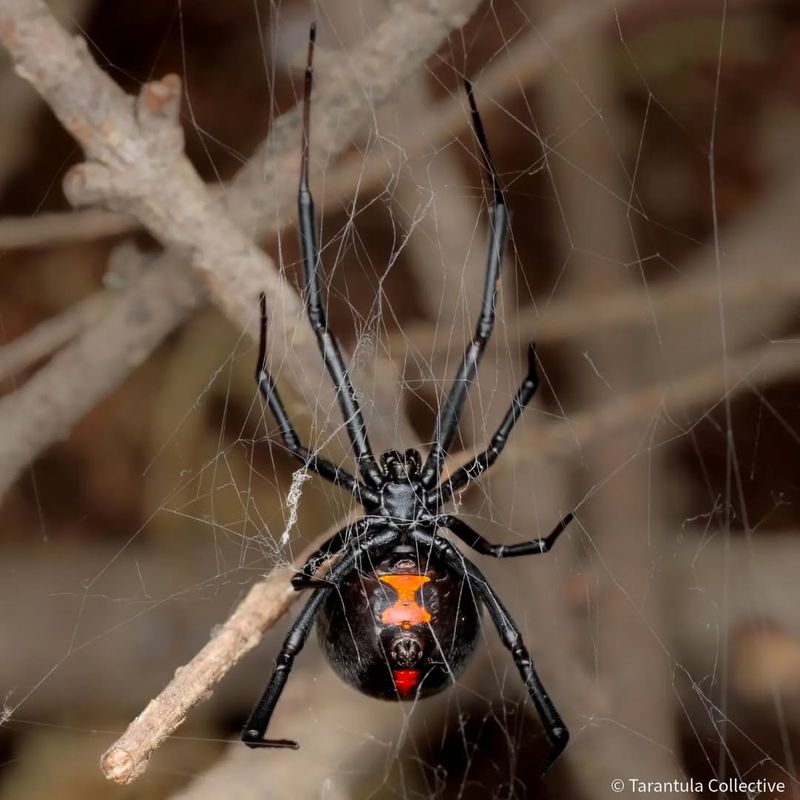
The Black Widow Spider, a name synonymous with danger, is renowned for its glossy black body and striking red hourglass marking. Despite their fearsome reputation, these spiders are shy and prefer to avoid confrontation. However, they are known for being one of the most venomous spiders in North America.
Picture yourself reaching for a forgotten tool in the garage and spotting this ominous spider. The female Black Widow is notorious for occasionally consuming the male after mating, hence the name. This spider’s venom is a potent neurotoxin that affects the nervous system, causing muscle pain and spasms.
While bites are rare, they require immediate medical attention. To minimize encounters, it’s wise to clear away cobwebs and store items off the ground. Remember, the Black Widow isn’t looking for a fight, but it won’t back down if provoked.
3. Wolf Spider
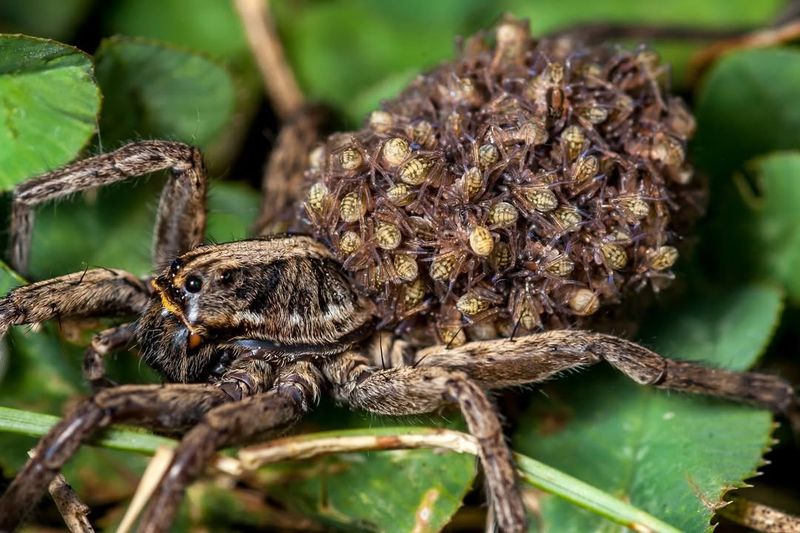
The Wolf Spider, with its robust and hairy appearance, might look menacing, but it’s more bark than bite. Unlike web builders, these spiders are hunters, chasing down their prey. They get their name from their wolf-like habit of pouncing on unsuspecting insects.
Imagine spotting this spider racing across your basement floor at night. Though they can appear intimidating due to their size and speed, their bite is generally harmless to humans. Wolf Spiders have excellent vision and can be seen carrying their egg sacs on their backs.
While not aggressive, they might bite if threatened. Keeping your home free of debris and ensuring good lighting can help reduce encounters. Despite their scary looks, Wolf Spiders are beneficial as they keep pest populations down.
4. Huntsman Spider
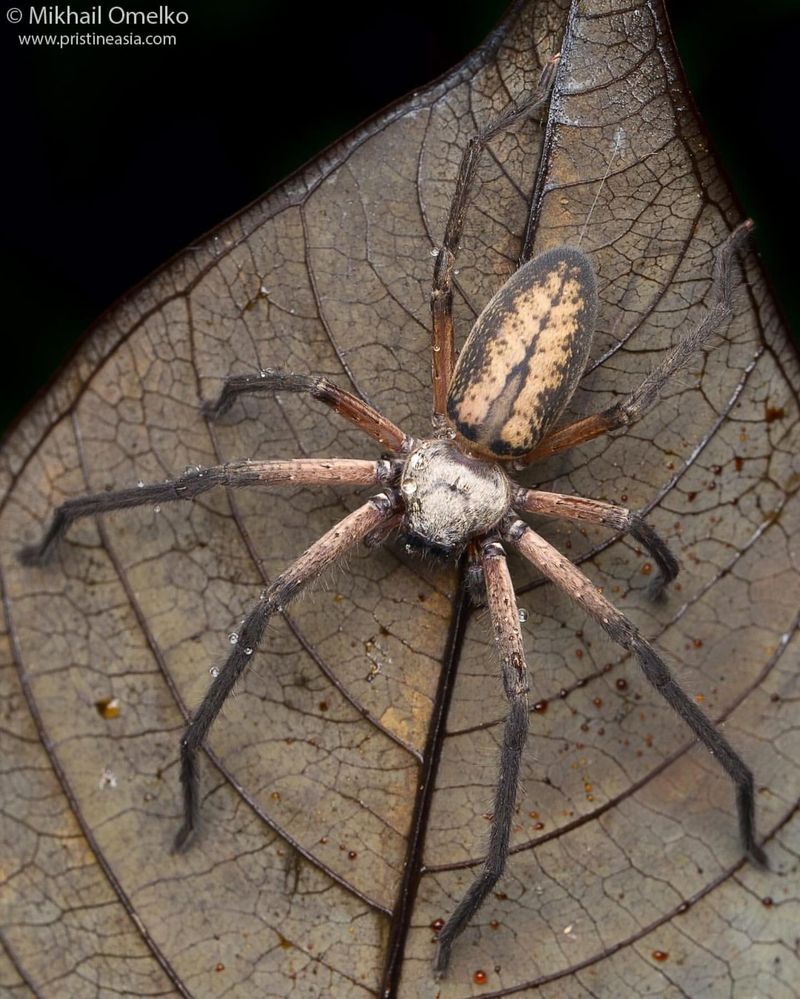
The Huntsman Spider, known for its speed and agility, is not something you want to see darting across your living room wall. With legs that can stretch impressively wide, they are often mistaken for tarantulas. Found in warmer climates, their presence can certainly cause a stir.
Imagine turning on the light and seeing this spider sprawled across the wall. Despite their size and speed, Huntsman Spiders are not dangerous to humans. Their bites are rare and result in mild symptoms if any.
To keep them out, maintaining a tidy home and sealing cracks can help. Remember, they’re more interested in the insects they hunt than in humans. While startling, they’re not out to get you!
5. Tarantula
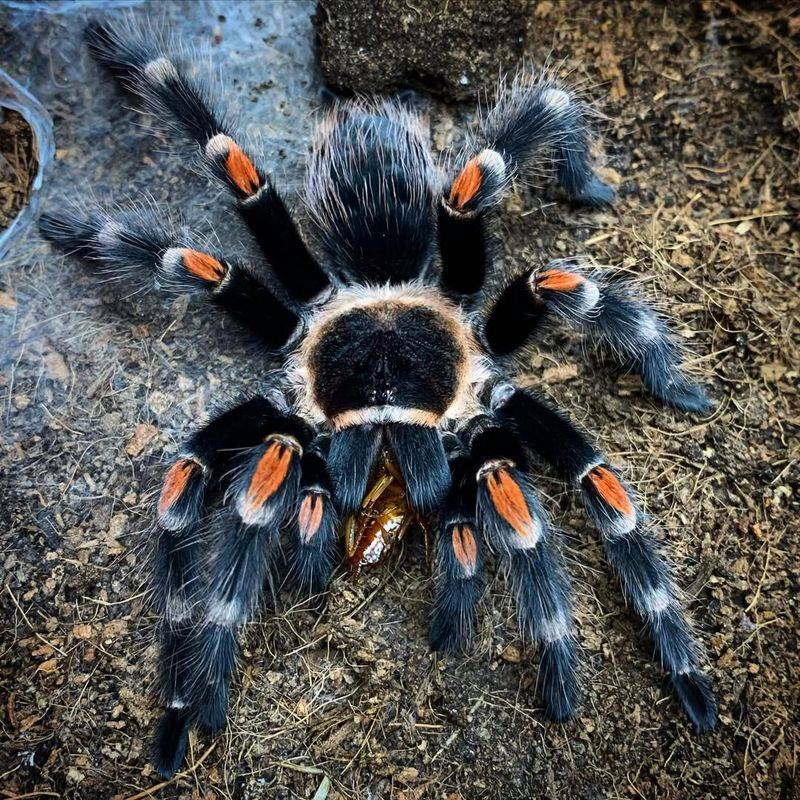
Tarantulas, those hairy giants of the spider world, are both fascinating and fear-inducing. Known for their size and hairy bodies, these spiders often evoke sheer terror when seen indoors. They are found in a variety of climates, from deserts to rainforests.
Picture coming across one slowly making its way across your floor. Despite their intimidating appearance, tarantulas are not aggressive and their bites are not lethal to humans. They often flick hairs as a defense mechanism, causing irritation.
Creating a spider-friendly environment with fewer cluttered areas can help deter them. While they look like something out of a nightmare, tarantulas are generally harmless and even kept as pets by some brave souls.
6. Yellow Sac Spider
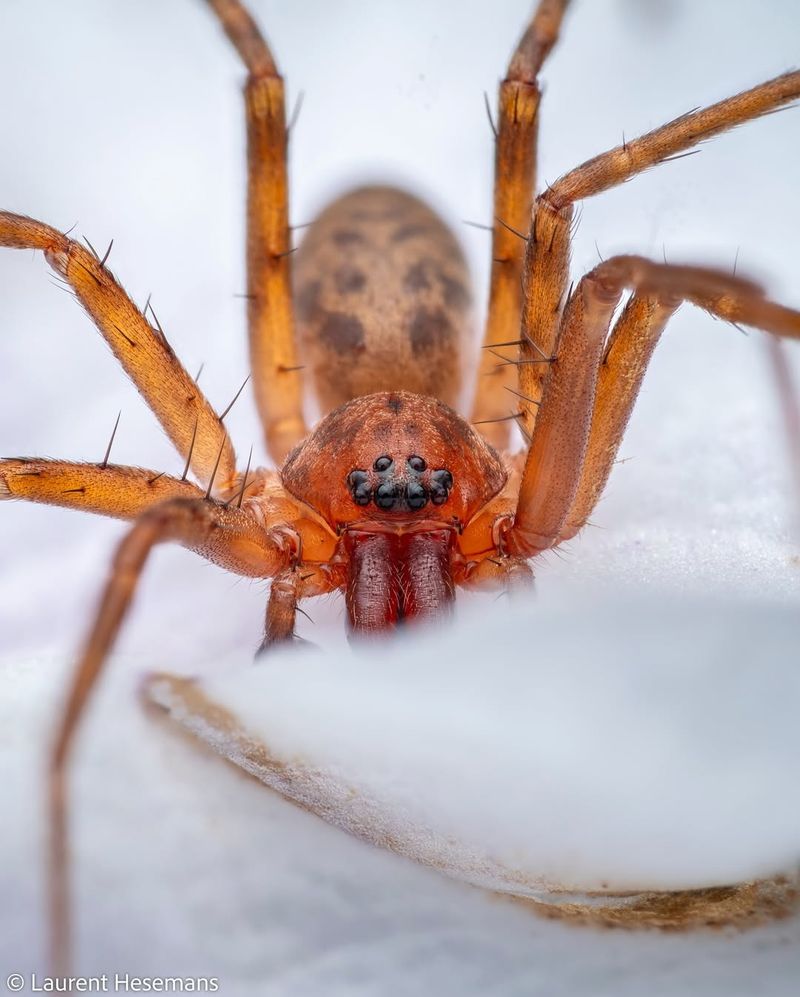
Yellow Sac Spiders, with their pale color and small size, might not appear intimidating at first glance. Yet, they are known for their aggressive nature and frequent bites. Active during the night, they build silk sacs in corners or folds of fabric.
Imagine lying in bed, only to notice this small spider in the corner of your ceiling. Their bite can cause mild pain and redness, occasionally developing into a more severe reaction. They are often found indoors during colder months.
Regularly vacuuming corners and checking linens can help in managing their presence. Though not dangerous, their bites can be a nuisance. Keeping windows closed or screened can reduce their indoor visits.
7. Jumping Spider
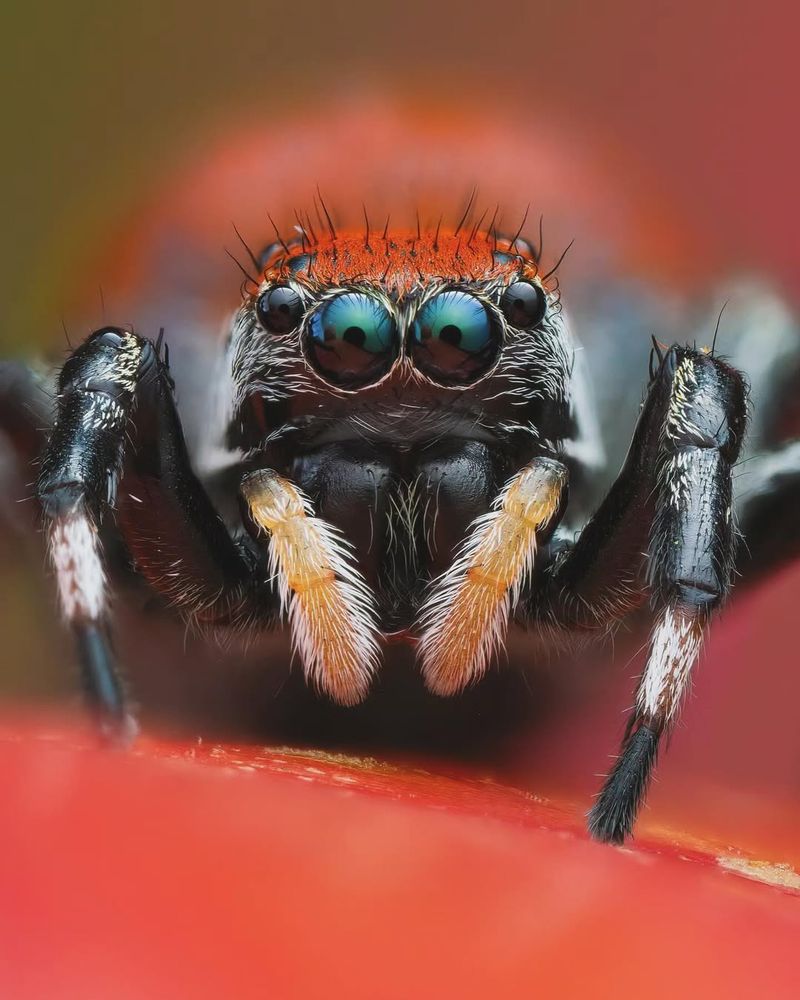
Jumping Spiders, with their compact bodies and large eyes, are the acrobats of the spider world. Known for their curious nature and vibrant colors, they can be more amusing than terrifying. Unlike other spiders, they don’t weave webs to catch prey.
Picture one of these agile spiders leaping across your windowsill, its eight eyes observing the world. They are generally harmless and seldom bite. Jumping Spiders are known for their excellent vision and can pounce great distances.
To keep them at bay, ensure windows are tightly sealed and watch for any small openings. While their sudden jumps might startle you, they are more interested in hunting for food than in humans.
8. Orb-Weaver Spider
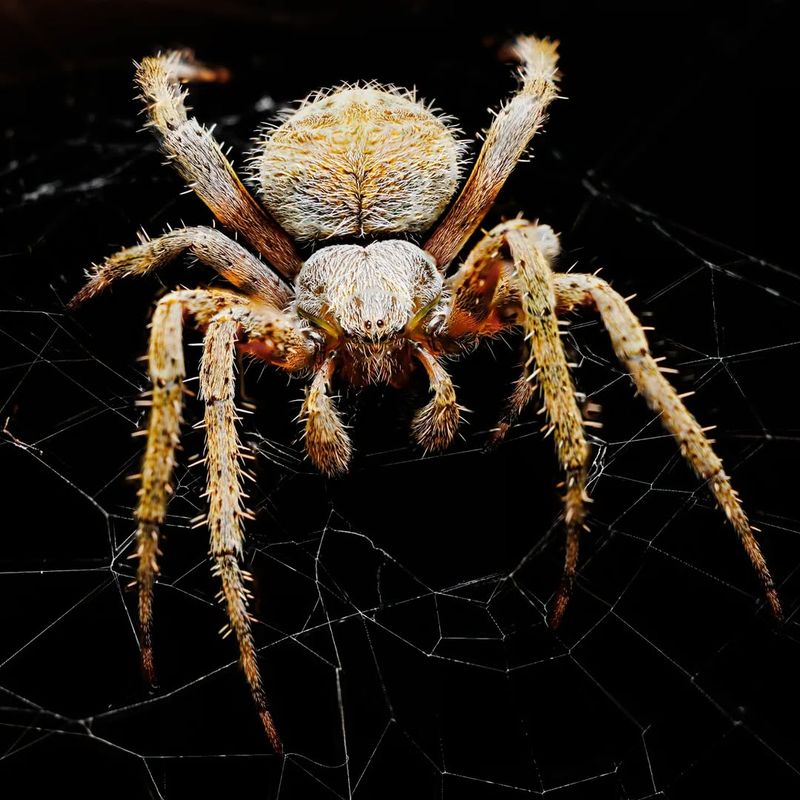
The Orb-Weaver Spider, known for its intricate and beautiful webs, can be both a gardener’s friend and a householder’s fright. Their large, rounded abdomens and vibrant colors can be quite striking.
Imagine walking through your garden and encountering their sticky webs stretched across a pathway. These spiders are generally harmless to humans and contribute to controlling insect populations. They are most active at night, repairing and spinning their webs.
To avoid unwanted encounters, clear webs regularly from entryways and trim back garden plants. Despite their intimidating webs, they pose no real threat and are more of a natural pest control solution.
9. Mouse Spider
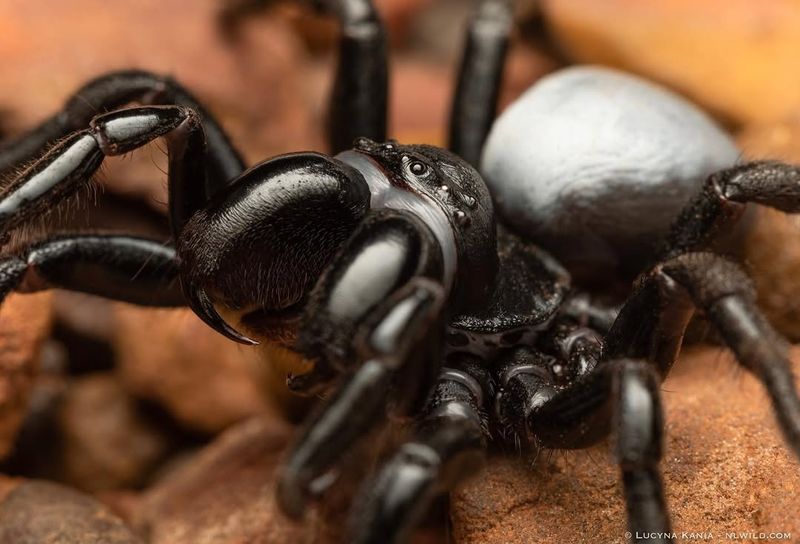
Mouse Spiders, with their glistening bodies and potent venom, are native to Australia but can be found elsewhere. Recognizable by their squat, robust bodies, they often burrow or hide under rocks and logs.
Imagine encountering one in your garden, its red head standing out against a dark body. While their venom is similar to the dangerous Funnel-Web Spider, they are rarely aggressive. Most bites result in mild symptoms.
To prevent encounters, wear gloves while gardening and check shoes before wearing them. Although imposing, Mouse Spiders are not looking to cause harm unless threatened.
10. Sydney Funnel-Web Spider
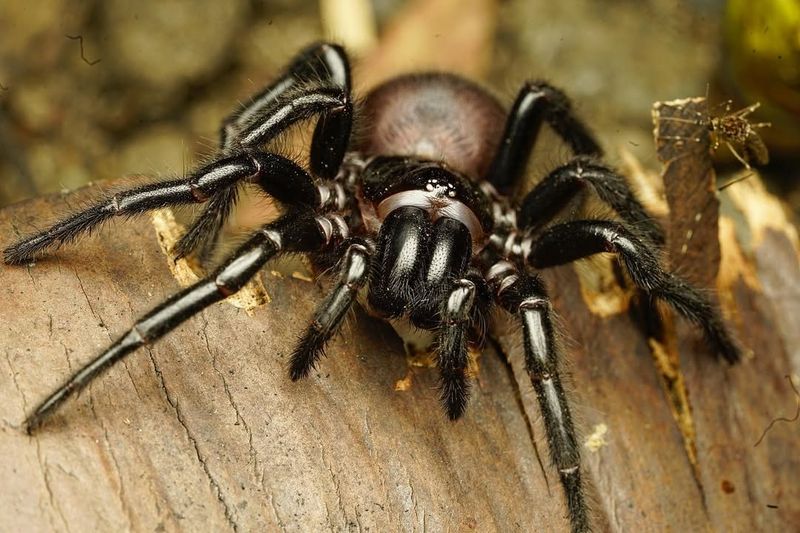
The Sydney Funnel-Web Spider, infamous for its aggressive nature and potent venom, is a creature that sends shivers down the spine. Found primarily in eastern Australia, it is one of the most dangerous spiders to humans.
Picture finding one in your garden, rearing up with fangs ready to strike. Despite their fearsome reputation, fatalities are rare due to effective antivenoms. Funnel-Web Spiders prefer moist environments and are often found in gardens and under debris.
To avoid encounters, keep gardens tidy and check moist areas before reaching in. Although their bite is dangerous, modern medicine has made them less of a threat.
11. Goliath Birdeater
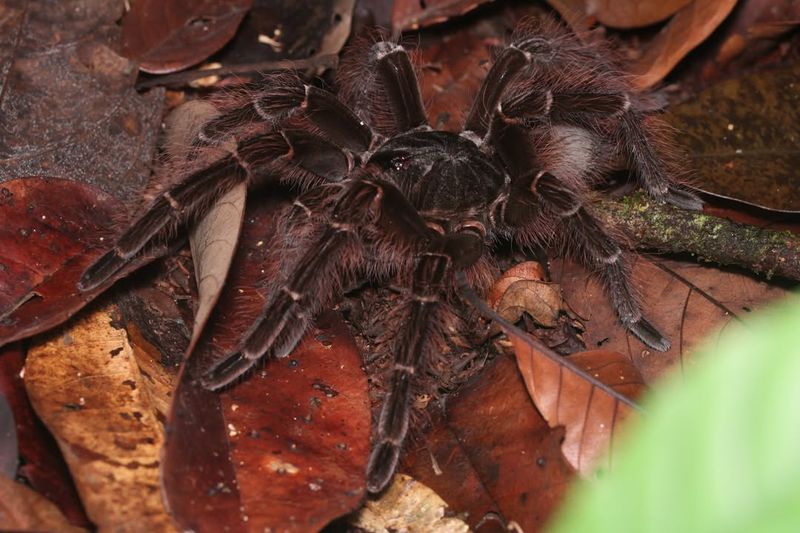
The Goliath Birdeater, a true giant in the spider world, is an impressive and terrifying sight. With a leg span that can reach up to 11 inches, it’s one of the largest spiders by mass.
Found in the rainforests of South America, imagine encountering one during a nighttime stroll in its natural habitat. Despite the name, they rarely eat birds; their diet mostly consists of insects and small mammals.
Keeping these spiders as pets requires special care due to their size and needs. While intimidating, they are not dangerous to humans and are more bark than bite.
12. Brazilian Wandering Spider
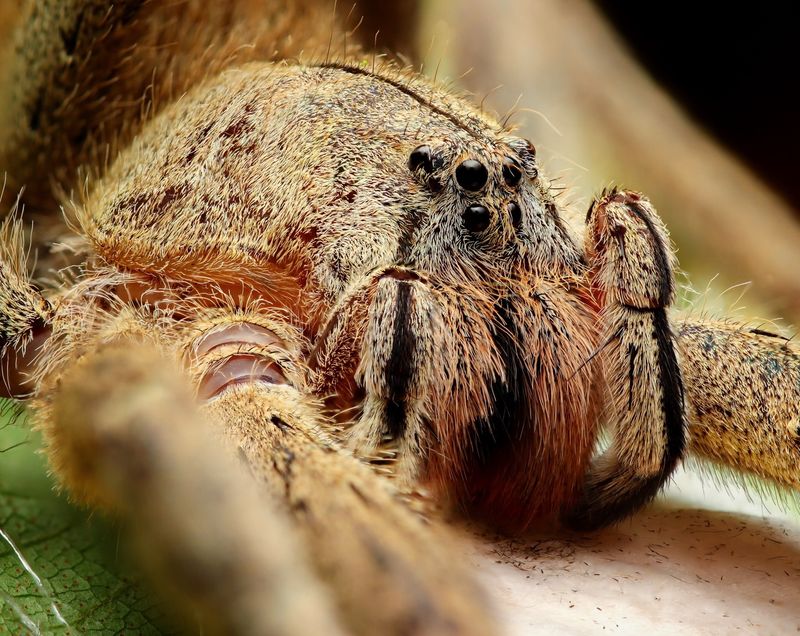
The Brazilian Wandering Spider, often dubbed the world’s most venomous spider, is not a creature you want wandering into your home. Native to the tropical regions of Central and South America, it’s known for its potent venom.
Picture seeing this spider in your home, its aggressive stance ready to pounce. Unlike web-weavers, they actively hunt their prey at night. Their bite can cause severe symptoms and requires urgent medical attention.
To prevent these nocturnal hunters from entering, seal potential entry points and keep indoor environments tidy. Though their reputation precedes them, encounters with humans are rare.
13. Camel Spider
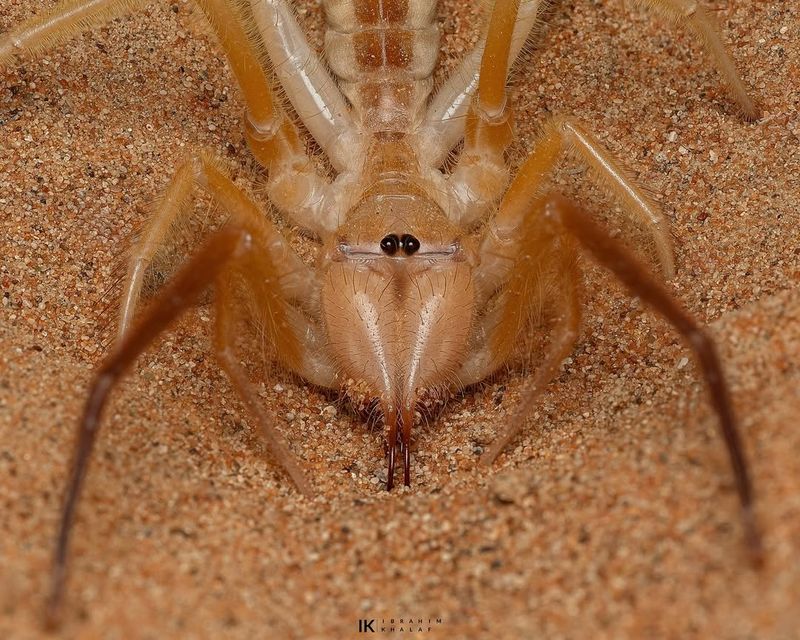
Camel Spiders, often the stuff of urban legends, are not true spiders but are arachnids known as solifuges. Found in desert regions, they can appear alarming with their large jaws and rapid movements.
Imagine one of these creatures scuttling across the ground, seeming to chase shadows. Despite their fearsome appearance, they are harmless to humans and lack venom. They feed on insects and small animals.
While they may look terrifying, they are more a curiosity than a threat. Keeping them outside is as simple as maintaining barriers and reducing clutter.
14. Redback Spider
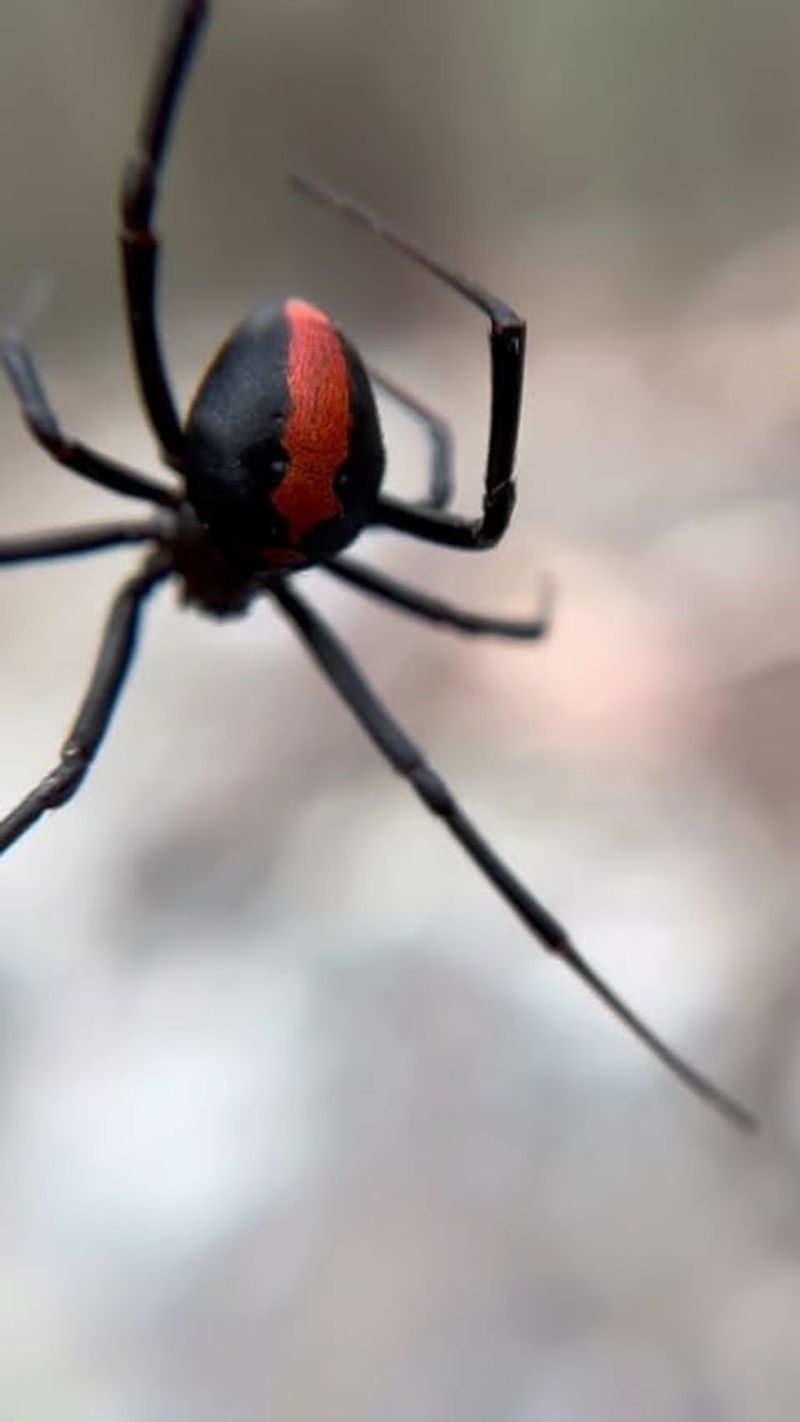
The Redback Spider, with its iconic red stripe, is a close relative to the Black Widow and shares its venomous reputation. Predominantly found in Australia, these spiders are often encountered in urban environments.
Picture one lurking near your garden hose, waiting in its tangled web. The venom of a Redback can cause serious illness and requires antivenom treatment. They are typically not aggressive and bites are rare.
To reduce the risk of bites, keep outdoor areas free of debris where they might hide. While their appearance can be unsettling, they are part of the ecosystem and control pest populations.
15. Hobo Spider
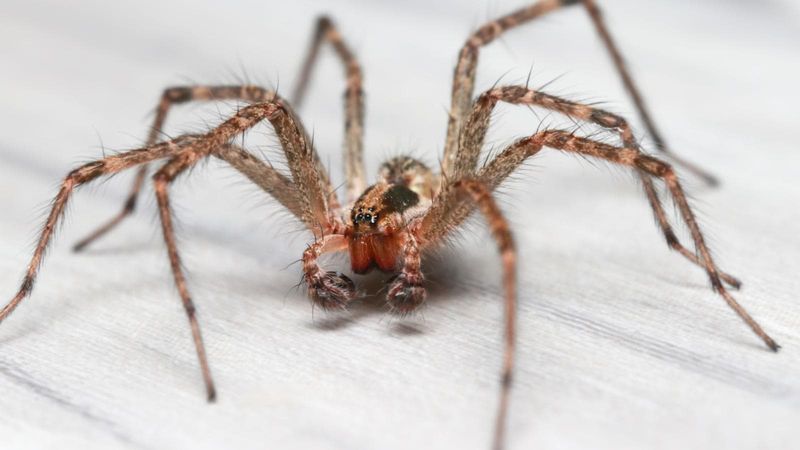
The Hobo Spider, often misidentified due to its unremarkable appearance, is surrounded by controversy regarding its bite’s severity. Found in Europe and parts of North America, they are often associated with human habitations.
Imagine finding one in the basement, weaving its funnel-shaped web among stored items. While once thought to cause serious wounds, recent studies suggest their venom is not as dangerous as once believed.
To avoid encounters, keep basements tidy and store items in sealed containers. Though they can appear unsettling, Hobo Spiders pose minimal risk to humans.
